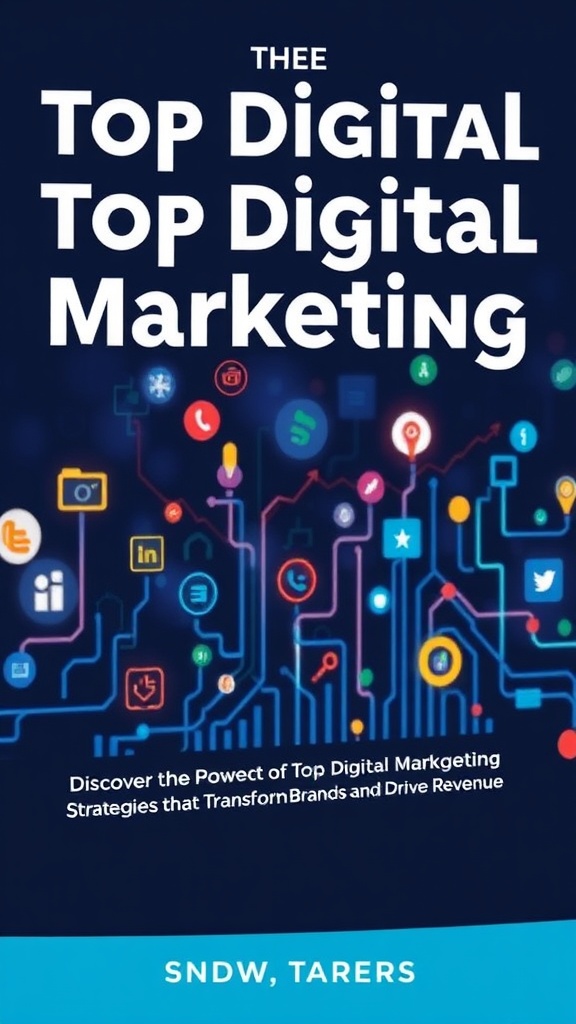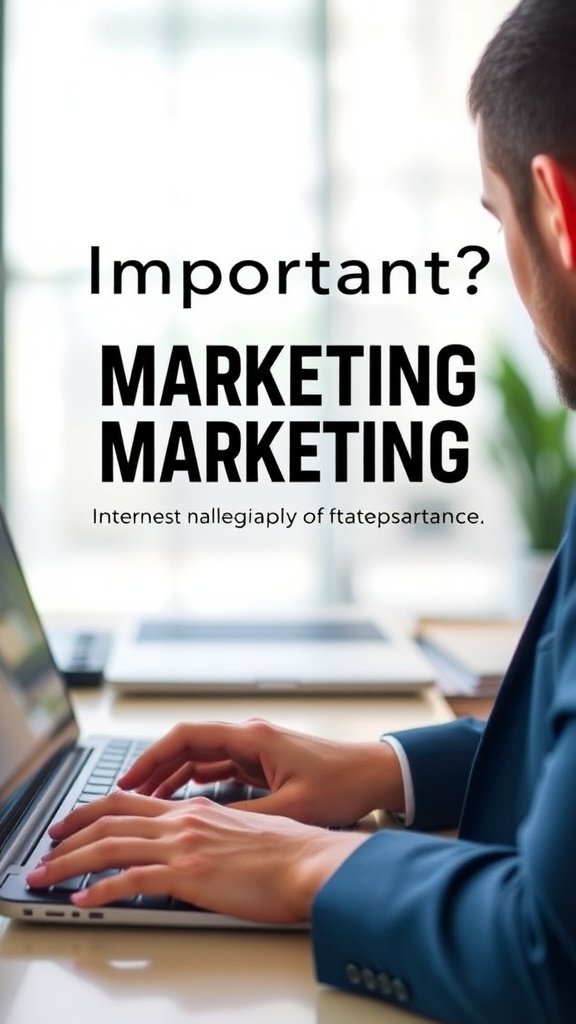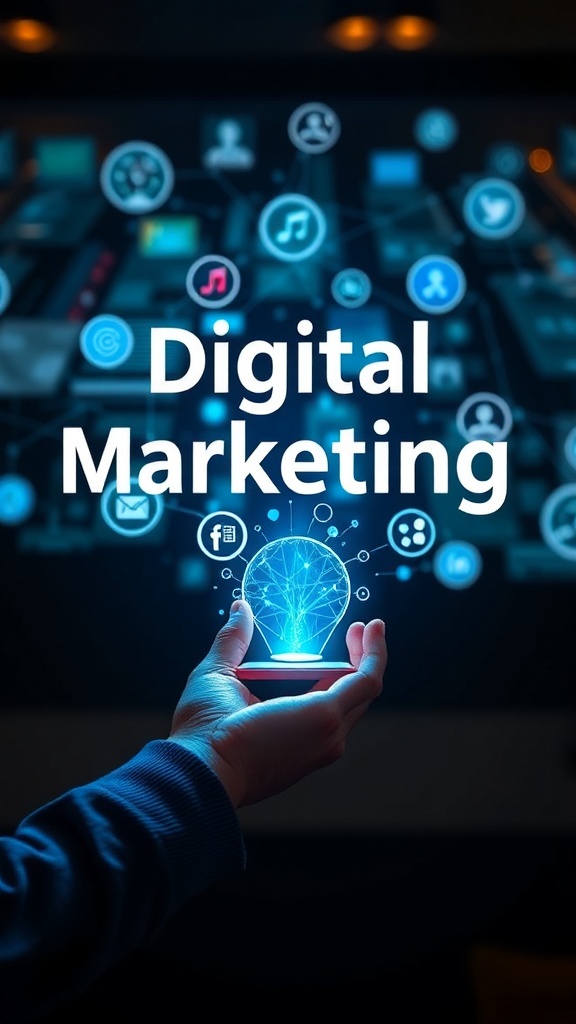Content Marketing Strategies That Drive Traffic & Conversions: Advanced Tactics for Maximum ROI
Content Marketing Strategies That Drive Traffic & Conversions: Advanced Tactics for Maximum ROI
In today’s highly competitive digital landscape, effective content marketing strategies are essential for brands seeking to stand out, attract targeted traffic, and deliver content that converts. While basic tactics can generate results, advanced approaches are required to maximize ROI and generate sustainable business growth. This guide provides an expert, actionable roadmap for elevating your content ideation, production, and promotion to drive both traffic and conversions.
Table of Contents
- Why a Sophisticated Content Marketing Strategy Matters
- Advanced Content Ideation Techniques
- Production Frameworks for High-Converting Content
- Promotion & Amplification: Beyond the Basics
- Measuring & Optimizing Content Marketing ROI
- Case Studies: Content Strategies in Action
- Actionable Takeaways
Why a Sophisticated Content Marketing Strategy Matters
Without a strategic approach, content marketing becomes guesswork—leading to wasted resources and missed opportunities. Advanced strategies enable you to:
- Align content with audience intent and the buyer’s journey
- Prioritize high-impact topics and formats
- Integrate SEO, CRO, and distribution for compounding results
- Measure and optimize for business outcomes, not just vanity metrics
For a foundational overview, see our Ultimate Guide to Content Marketing.
Advanced Content Ideation Techniques
Strategic ideation is the cornerstone of effective content marketing. Advanced tactics include:
1. Data-Driven Topic Discovery
- Audience Surveys & Feedback Loops: Gather insights directly from your audience using surveys, polls, and social listening. Tools like Typeform and Hotjar can surface pain points and content gaps.
- Competitive Gap Analysis: Use platforms like Ahrefs or SEMrush to identify topics and keywords competitors rank for—but you don’t. Prioritize gaps with high search volume and low competition for quick wins.
- Intent Mapping: Map content to intent stages (informational, navigational, transactional). Ensure you have assets for each stage to nurture leads and buyers.
2. Leveraging First-Party Data and Internal Expertise
- Analyze CRM, sales conversations, and support tickets to spot common questions or objections.
- Interview subject matter experts on your team for unique industry insights.
3. Content Repurposing & Expansion
- Update and expand top-performing content to address new trends or questions.
- Repurpose long-form guides into webinars, infographics, or video snippets for new channels.
Example: SaaS Brand Ideation
A B2B SaaS company used customer support logs and sales call transcripts to identify a recurring pain point. They created a targeted guide and supporting video, which ranked in the top 3 for a high-intent keyword within 60 days.
Production Frameworks for High-Converting Content
Producing content that converts requires more than compelling writing. Integrate the following frameworks:
1. The AIDA Model
- Attention: Use bold headlines and visuals to capture interest.
- Interest: Share stories, data, and relatable challenges.
- Desire: Highlight benefits, use cases, and social proof.
- Action: Incorporate strong CTAs aligned with the customer journey.
2. SEO & CRO Integration
- Embed target keywords (content marketing strategies, content that converts) naturally in headings, body, and metadata.
- Optimize for featured snippets, schema markup, and internal linking (e.g., linking to content audit checklists).
- Apply CRO best practices: clear CTAs, trust signals, and frictionless UX.
3. Content Personalization
- Use dynamic content blocks to tailor messaging by persona or industry.
- Deploy retargeting content based on user behavior and engagement.
Example: E-commerce Conversion Optimization
An online retailer implemented product recommendation blocks within blog content, resulting in a 22% increase in click-through rate to product pages.
Promotion & Amplification: Beyond the Basics
Even the best content needs strategic promotion to reach its full potential. Go beyond organic traffic with these advanced tactics:
1. Multi-Channel Syndication
- Republish or syndicate content on platforms like Medium, LinkedIn, and industry forums.
- Tailor messaging for each platform to boost shareability and engagement.
2. Influencer and Partner Outreach
- Identify industry influencers and co-create or co-promote valuable resources.
- Offer exclusive data or insights to journalists and bloggers for earned media coverage.
3. Paid Amplification
- Invest in paid social, native ads, or sponsored content for high-performing assets.
- Use retargeting to re-engage visitors who didn’t convert on first touch.
Example: B2B Thought Leadership Campaign
A B2B fintech brand partnered with industry influencers on a webinar series, then promoted key takeaways via LinkedIn ads, resulting in a 40% increase in qualified leads.
Measuring & Optimizing Content Marketing ROI
Sophisticated measurement is key to continuous improvement. Move beyond traffic and social shares to track:
- Lead Quality & Conversion Rates: Monitor the percentage of visitors who become leads and pipeline value generated.
- Attribution Modeling: Use multi-touch attribution to understand the real impact of each content piece along the customer journey.
- LTV (Lifetime Value) Impact: Analyze how content engagement influences customer retention and upsell rates.
Tools & Dashboards
- Integrate Google Analytics, HubSpot, and CRM data for comprehensive reporting.
- Set up custom dashboards to monitor KPIs and spot trends quickly.
Case Studies: Content Strategies in Action
Case Study 1: SaaS Lead Magnet Framework
A SaaS company developed an in-depth industry report gated behind a form. By promoting the report through paid LinkedIn campaigns and targeted outreach, they grew their email list by 1,500+ qualified leads in 3 months, and achieved a 10% nurture-to-demo conversion rate.
Case Study 2: E-commerce Content Hubs
A DTC apparel brand created a content hub around sustainable fashion, featuring guides, interviews, and videos. Internal linking between articles and product pages resulted in a 33% increase in organic traffic and a 17% lift in average order value.
Actionable Takeaways
- Align content topics with real audience intent and data.
- Adopt proven frameworks (AIDA, SEO, CRO) for every piece you create.
- Promote content across multiple channels, leveraging partners and paid media.
- Measure what matters: focus on KPIs tied to business outcomes, not just traffic.
- Continuously update and repurpose high-performing content to maximize ROI.
For further reading, explore our guides to content distribution strategies and conversion rate optimization.
Conclusion
Advanced content marketing strategies can transform your content from a cost center into a powerful growth engine. By combining data-driven ideation, high-converting production frameworks, and sophisticated promotion, you’ll consistently generate content that converts and delivers measurable business impact.







